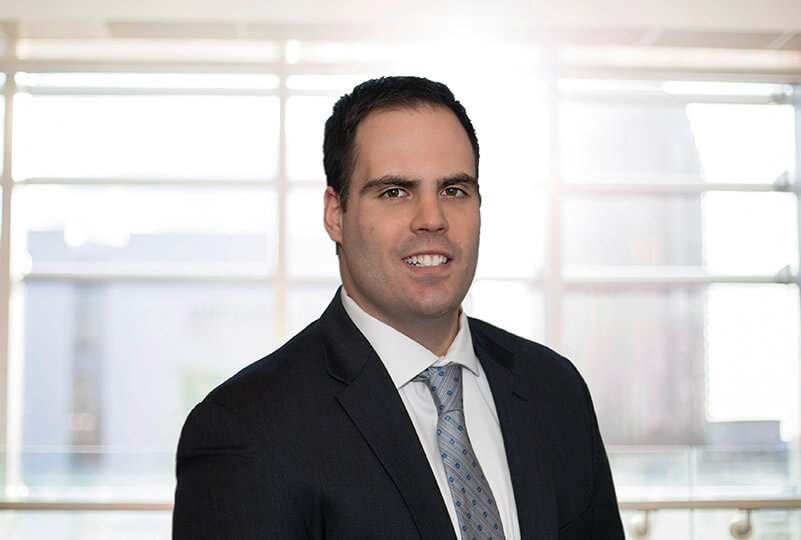From the Gridiron to the Courtroom: How NIL and Transfer Rules Are Reshaping College Sports
-
Développement en droit 2 septembre 2025 2 septembre 2025
-
Amérique du Nord
-
Réformes réglementaires
-
Assurance et réassurance
As the entire country anticipates the kickoff of the upcoming college football season, we can rest assured that little will change on the actual gridiron.
But the landscape surrounding these cherished rites of autumn is undergoing significant transformation, driven by the rise of Name, Image, and Likeness (NIL) rights, which now allow college athletes to profit from their personal brands. This shift was further cemented by the landmark $2.8 billion settlement in House v. NCAA, a case that not only acknowledged past restrictions on athlete compensation but also signaled a dramatic departure from the NCAA’s traditional model of amateurism.
By way of background, before 2021, NCAA rules prohibited college athletes from earning money through endorsements or sponsorships. But recent rule changes now allow them to sign endorsement deals (e.g., promoting brands on social media); appear in commercials or ads; sell autographs or merchandise; monetize YouTube channels, podcasts, or TikToks; and get paid for appearances or speaking engagements.
While NIL rights are a game-changer for college sports, they also introduce new complexities around contracts, compliance, taxes, and recruiting. In particular, amid a patchwork of state laws and minimal federal regulation, several legal challenges have emerged for athletes, schools, and third parties:
- Lack of Uniform Regulation: With no consistent federal standard, schools and athletes must navigate conflicting state laws and institutional policies, creating compliance risks and competitive imbalances.
- Contractual Issues: Many student-athletes enter into NIL deals without proper legal counsel, risking unfavorable terms, exploitation, or disputes over deliverables, compensation, or duration.
- Recruitment Violations: NIL deals are sometimes used as indirect recruiting tools, raising concerns about pay-for-play schemes that may violate NCAA guidelines or state laws.
- Tax and Financial Liabilities: Athletes and their families may lack financial literacy and may be unaware of tax obligations tied to NIL income, potentially triggering IRS issues.
- Third-Party Involvement: Unregulated collectives, agents, or brands may exploit athletes or create conflicts of interest, especially when deals are made without transparency or oversight.
In fact, NIL arrangements—when paired with the wild west of the transfer portal—have already tested the limits of lawfulness and sparked litigation. On June 30, 2025, the University of Wisconsin and its NIL collective filed a lawsuit against the University of Miami, alleging tortious interference with a NIL deal between a former Wisconsin football defensive back and the university. Because the deal was contingent on the approval of a settlement in House v. NCAA, Wisconsin also alleged interference with a prospective contractual relationship. Although Wisconsin reportedly did not enter the player into the NCAA’s transfer portal—a prerequisite for maintaining eligibility—the player transferred to Miami anyway. The lawsuit did not name the player as a defendant, despite the alleged breach. Miami, facing potential NCAA compliance issues, has challenged the lawsuit on jurisdictional grounds. Still, sportswriters expect the player to start Week 1. In the absence of meaningful NCAA enforcement, universities are increasingly forced to litigate these disputes themselves.
As NIL and transfer portal dynamics continue to reshape college athletics, schools are increasingly navigating uncharted legal terrain—often without meaningful NCAA oversight. With litigation on the rise and contract disputes growing more complex, insurers providing coverage to universities, collectives, or even athletes themselves should be mindful of potential exposure, particularly around tortious interference, breach of contract, and regulatory noncompliance. The courts—not the NCAA—may soon become the primary referees of this evolving space.
A variety of insurance policies may be implicated in these emerging risks, including Directors and Officers (D&O) liability policies, Errors and Omissions (E&O) policies, and General Liability policies—particularly where allegations involve mismanagement, contractual disputes, or negligence tied to NIL agreements. Coverage questions may also arise under specialty sports liability products or endorsements issued to collectives or athletic departments. If you have questions about how NIL-related litigation or evolving NCAA regulations may affect your insureds—or your coverage positions—we would be happy to discuss further. Please don’t hesitate to reach out.
LEGAL NOTICE: This publication is provided for informational purposes only. It is not intended to constitute, and shall not be construed as, the rendering of legal advice or professional services of any kind, nor does it create an attorney-client relationship between Clyde & Co US LLP and the recipient. Nothing herein constitutes the endorsement of any particular case, principle, or proposition. Moreover, in each instance, determination of issues pertaining to insurance bad faith requires an analysis of the relevant facts and circumstances, pleadings, policy language, and law of the involved jurisdiction(s). The contents of this publication neither constitute nor should they be viewed as a substitute for the advice and recommendations of qualified retained counsel.
Fin
